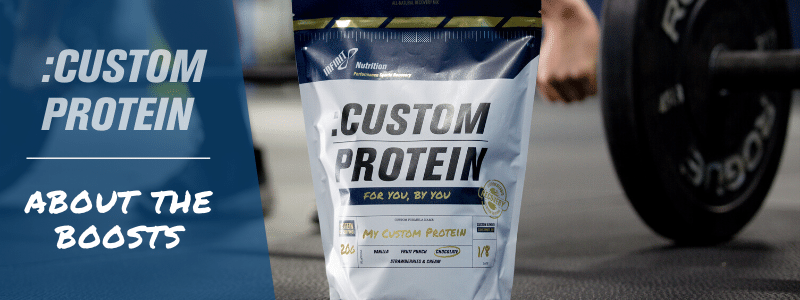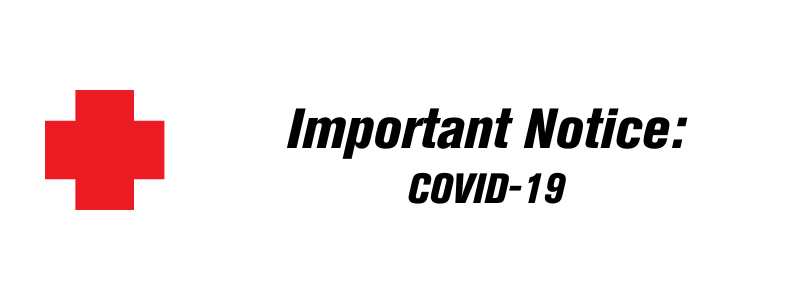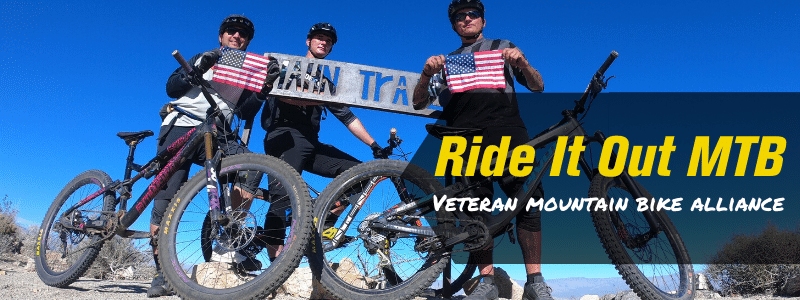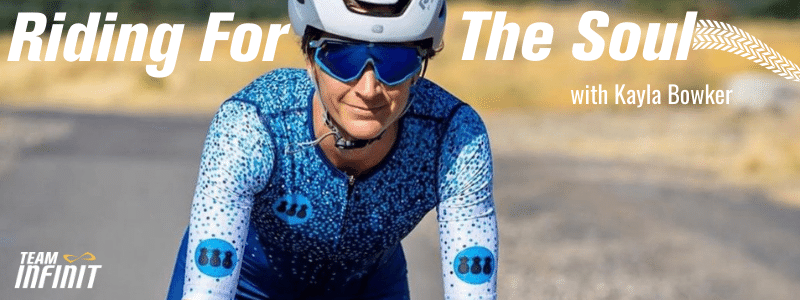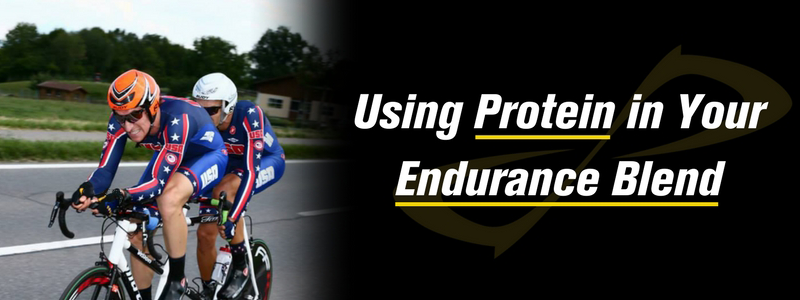Fueling for Gravel Races
- 2 Mar 2020
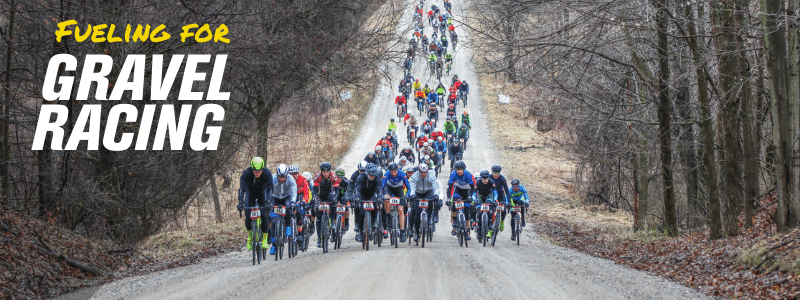
How to maintain stamina in the heat and dirt as well as tips and tricks for long events
Kristen Arnold MS, RDN, CSSD
Mass start, dust up the nose, endless climbs, stretches of desolate scenery, clock ticking. Gravel races are sweeping the hearts of cyclists across the country for the opportunity to complete something epic, try something new, enjoy beautiful scenery, and challenge oneself.

As one of the newer disciplines of cycling, racers are figuring out how best to approach these races and prepare for them — Do I want to be a finisher, or do I want to try and win? Should I go for the 200mile or stay with the 100mile?
A step-by-step guide to preparing fuel for a gravel race:
1. Make an attainable time goal
Look at the course map (distance, elevation, terrain), look up previous years winning times, and ask racers their previous times to compare. Make sure to also factor in stopping time for aid stations and hike-a-bikes.
Will the race take 2hrs or will it take 24hrs?
Example Athlete: Barry Roubaix Killer gravel road race, 62miles, time goal of 3.5-4.5hrs total (riding time and stop time)
NOTE: Some races can have extreme variability in time it takes to finish the race depending on weather. It can take up to twice as long to finish a race on a wet course due to slow sloppy roads and mechanical issues.
2. Determine fluid needs during the race
Plan to drink 20oz/hr for 0-50°F, 30oz/hr for 50-70°F, 40-60oz/hr for 70-120°F. The hotter it is the more fluid lost to sweat and the more fluid needing to be taken in. If an athlete is dressed warm and sweats under many layers in cold temperatures, the upper end of the 20-40oz range will be necessary even in colder temps. Drinking enough fluid is often the deciding factor for many athletes in these long events. It can make or break the fun factor, the safety factor, and the performance factor. When the body is dehydrated muscles start to cramp, the brain becomes foggy, and nausea and vomiting may ensure making for an unnecessarily challenging day.
Plan to include electrolytes in fluid or fuel (sodium, potassium, chloride, magnesium) in addition to carbohydrates.
Example Athlete: The temperature in Barry County Michigan will likely be around 40-50°F at that time of year. This athlete will plan to drink 20-30oz per hour, and 70-135oz total. The athlete will be using an INFINIT endurance fuel mix (like GO FAR) to keep hydration, electrolytes, and fueling simple and all-in-one, and they will carry TRiPwire in a couple gel flasks to supplement electrolytes, carbs and in case of muscle cramping.

3. Determine fuel needs during the race
Plan to consume (either eat or drink) 45-60g of carbohydrate/hr. Consuming enough carbohydrates is right next to fluid for important factors making or breaking a race. When the body is deprived of carbohydrates glycogen stores run out (fuel for the muscles and brain) and that terrible ‘bonking’ feeling begins. Signs of low fuel include fatigue, brain fog, dizziness, muscles not working as efficiently, and muscle pain.
Eating can be even more difficult than drinking during these races. Reaching for food out of a jersey pocket, ripping open the wrapper or squeeze bottle, and eating gel food without choking can be challenging for many racers. For best results take in carbohydrates early in the race and on regular intervals. It may not be intuitive to eat in the first few hours as fuel from the pre-race meal is still doing its job, but it takes time for the body to absorb and metabolize nutrients. If an athlete waits too long to start eating the muscles and brain begin to run low on fuel and there is not enough time to absorb and metabolize the carbohydrates to prevent low energy and performance losses.
Example Athlete: This athlete will plan to take in 45-60g of carbohydrate per hour, 150-270g carbohydrate total, and include electrolytes from their endurance drink mix formula.

4. Obtain info on support provided at race
Are there aid stations? If so, where are they? What is or is not provided at each aid station? Are drop bags allowed? Information can typically be found on the race website either in a Race Packet or under the information tab at the top of the website. Most gravel races in the USA have neutral support at aid stations along the course with specific products (nutrition companies which sponsor the race).
Some races provide a drop bag service for free, some for an extra charge. Some races provide aid stations but require athletes to purchase food and drink if desired (from local organizations as a fundraiser most of the time). Some races, like Dirty Kanza, have no neutral support and require athletes to have their own support meet them at specific points along the course.
Example Athlete: Water, INFINIT :GO FAR complete endurance, Clif Bar products, and fruit are provided at aid stations along the course at Barry Roubaix. Specific mileage of where or number of aid stations is not provided on the race website. Drop bag service is not provided.
NOTE: A drop bag is a gallon-sized Ziploc bag that athletes can bring to the race. Athletes can put food, drink mix, tools or anything else they want and have it brought to aid stations along the course. These are only permitted at some races.
Put more than will likely be needed with an assortment of drink mix packets, bottles filled with drink mix, and gel flasks. Include 1-2 extra bottles with drink mix, plain water, or empty in case one pops out of the bottle cage. INFINIT products use a heat-treated whey protein powder so they don’t go rancid in hot environments like other drink mixes.
5. Decide what to bring on bike and person to start with
Start with at least 2x20-24oz bottles on the bike and enough nutrition in pockets for at least 3hrs if not longer. The more an athlete carries with them at the start, the less time is needed to stop at aid stations. Races like Dirty Kanza, which have minimal aid stations will require athletes to carry even more fluid and fuel with them at the start (a minimum of 3 bottles and fuel for 5hours). Having more than what is estimated to be needed will ensure that if anything bad happens (mechanical, injury, bottle flies out of bottle cage) there will be enough fuel to tide one over until assistance is found.
Example Athlete: This athlete will start with 2 full bottles of GO FAR which provides 44oz fluid and 132g of carbohydrates and electrolytes, and 2 servings of TRiPWIRE which provides 25g of carbohydrate per serving and additional electrolytes.

6. Decide what will be acquired on course and when (put in drop bag, buy, take from race-provided nutrition)
When planning, try to create a strategy which requires the least amount of stop time. Plan ahead of time what will be taken from each aid station and at what stations.
Questions to ask oneself are: How much fluid, what kind of fluid, how many carbohydrates and electrolytes, where to get the carbohydrates and electrolytes? (INFINIT all-in-one formulas make answering these questions pretty easy).
Example Athlete: This athlete will take 2 water or INFINIT bottle hand ups (a volunteer hands an athlete a bottle so they don’t ever have to get off their bike or stop) if possible or stop and refill both bottles with GO FAR if necessary at one of the aid stations between mile 30 and mile 50. Only one stop at an aid station will be necessary. If the athlete gets to an aid station and still has fluid left in bottles, they will drink what is left, and then refill both bottles completely.
7. Practice in training
Most races provide neutral support of nutrition from specific companies. Make sure to try products from these companies before race day to make sure they sit well and do not cause any tummy issues. Or alternatively, develop strategies to avoid using race-provided products and use exclusively your own products.
It can be challenging to drink and eat during these races as the terrain constantly changes, technical features require bike handling, and racers are close to one another requiring sharp mental focus. Practice drinking and eating during training rides with groups of people on difficult terrain to become familiar with drinking and eating in adverse conditions.
Example Athlete: This athlete will complete at least 2, 3+hour training rides with INFINIT GO FAR and TRiPwire before the race. This athlete will take sips of fluid and/or gulps of TRiPwire about every 10 minutes and become familiar with safe places to take their hands off their handlebars and eat and drink. Safe places are typically near the top of climbs before a descent or flat stretch, on flat smooth terrain, or in the back of a group of racers.

8. Consider potential issues
- Flying bottle: Start with tight bottle cages and know where the aid stations are even if not planning on using them.
- Crash: Same rules apply for flying bottle, know where the aid stations are and pack more fuel than what is needed just in case of stranding and needing to wait for support.
- Bonking friend: If racing with partners or teammates bring more fuel than necessary in case something happens, or they forget to bring enough for themselves. Save a life!
- Flavor fatigue: Bring multiple flavors of drink mix and types of fuel in pockets to prevent getting sick of one flavor.
- If preparing a drop bag: Mix water with drink mix thoroughly and put in bag beforehand. Make sure the drink mix can sustain long periods of time in the heat. :GO FAR contains heat-treated whey protein so it does not go rancid in the heat. Other drink mixes are not so fortunate to have this quality and are required to be mixed on the spot. Prepare a bottle with water and drink mix if possible, otherwise fill a bottle with water to be mixed on the spot, or pack an empty water bottle to add cold water from an aid station and mix on the spot.
9. Assemble all supplies at least 1 week ahead of time
Pick up products at the local bike shop or order products online for special orders and have ready to go far ahead of time.
10. Have fun and race your best race!

About the Author
Kristen Arnold MS, RDN, CSSD is a private-practice sports dietitian, USACycling Level2 coach for Source Endurance a leading cycling coaching company in the USA, and professional road racer for ButcherBox Pro Cycling. She has been cultivating athlete's personal best through nutrition since 2015 in her private practice where she works with a range of entry to professional level athletes in a variety of sports. She obtained her Bachelors in Dietetics and Master's of Science in Human Nutrition from The Ohio State University and now lives in Fort Collins Colorado.


